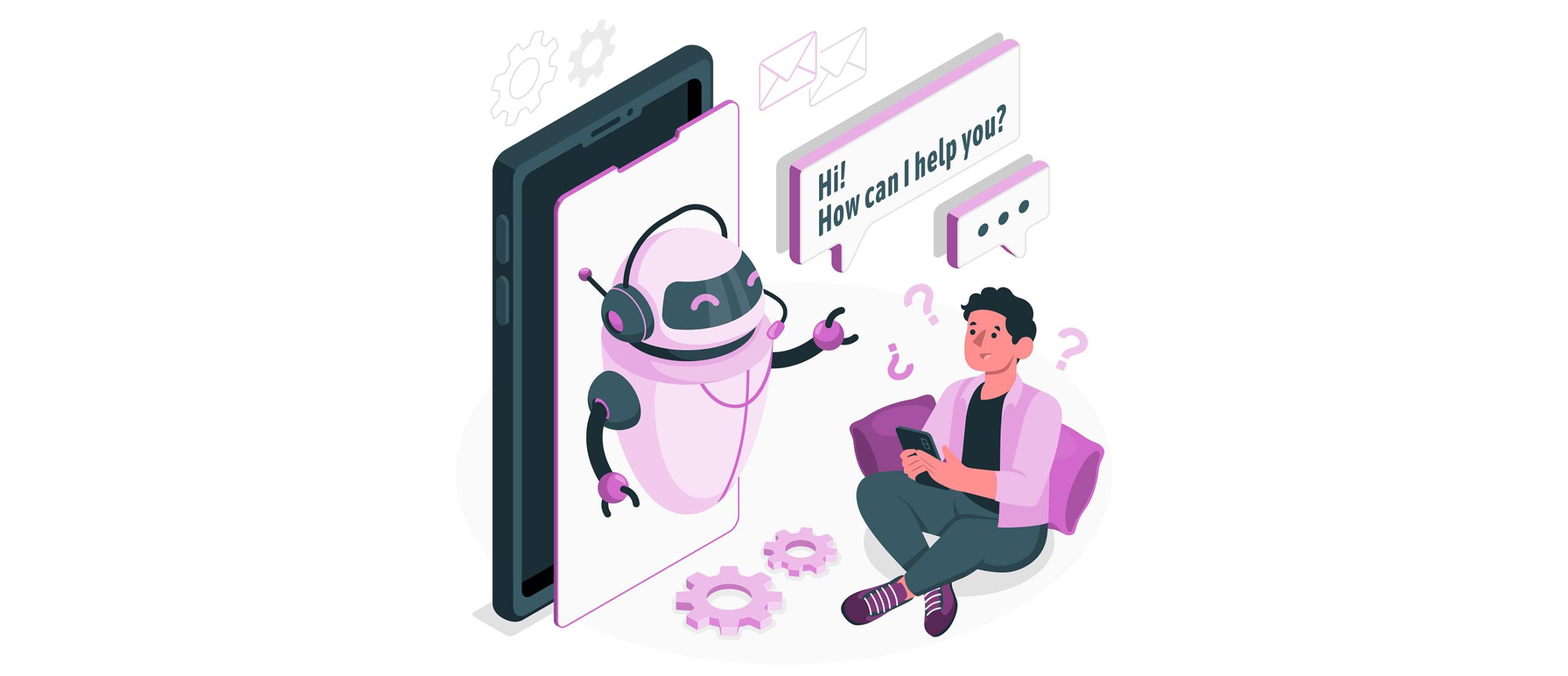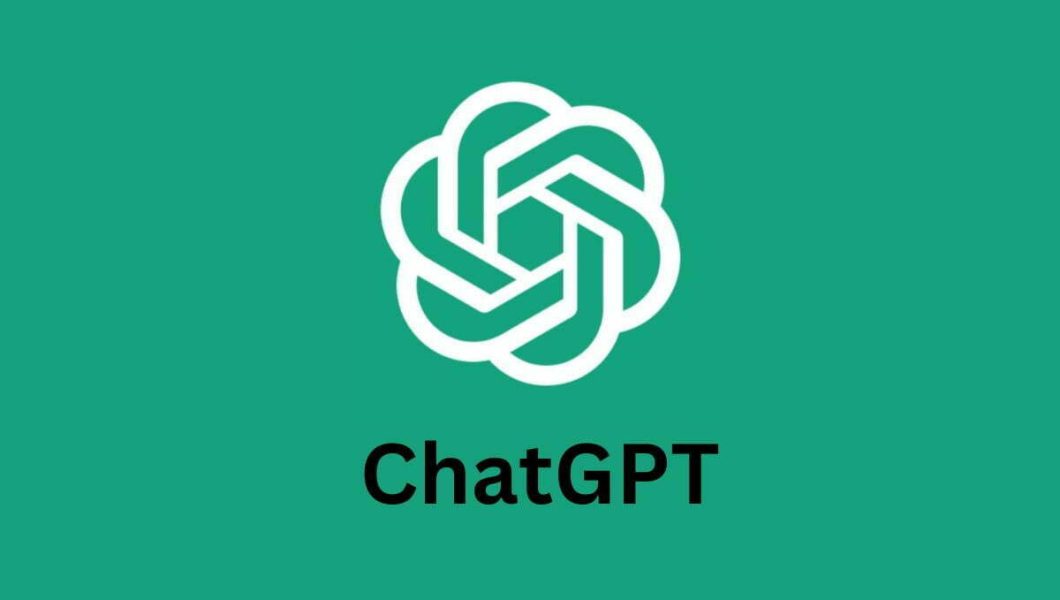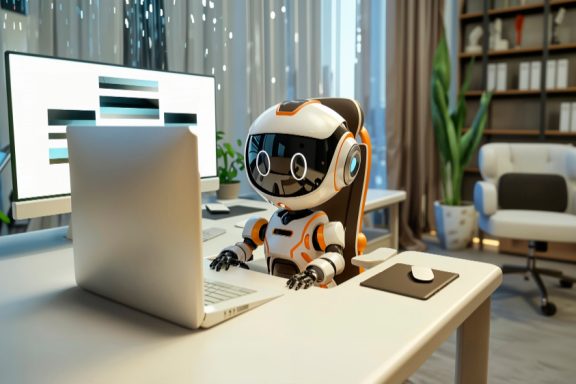ChatGPT is a language model developed by OpenAI. It is part of the GPT-3.5 architecture, which stands for “Generative Pre-trained Transformer 3.5”. GPT-3.5 is a highly advanced version of OpenAI’s language models, powered by deep learning techniques and trained on a vast amount of text data.
The “GPT” in ChatGPT stands for “Generative Pre-trained Transformer,” which refers to the underlying model’s structure and training methodology. The “Chat” part of its name indicates its specific design and purpose for natural language understanding and generation in conversational contexts.
ChatGPT is designed to process and generate human-like text in response to given prompts or messages. It can engage in meaningful conversations, answer questions, provide explanations, assist with tasks, and perform a range of language-related functions. The model is trained to understand the context and intent of the user’s input and generate appropriate responses accordingly.
OpenAI made ChatGPT available to the public to use through an API and has also offered various versions of it, such as the “free access” version and the “subscription-based” version called ChatGPT Plus, which provides additional benefits for paying subscribers.

What is ChatGPT’s features ?
ChatGPT offers several features that make it a versatile and powerful language model for engaging in conversational interactions. Some of its key features include:
- Natural Language Understanding: ChatGPT is designed to understand and interpret natural language input from users. It can comprehend a wide range of conversational prompts, questions, and statements.
- Contextual Responses: The model generates responses that are contextually relevant to the given input. It takes into account the preceding conversation or prompt to provide coherent and meaningful replies.
- Open-Domain Conversations: ChatGPT can engage in open-domain conversations on a wide variety of topics. It does not have specific pre-programmed knowledge but instead draws from its training on a diverse range of internet text to generate responses.
- Language Translation: ChatGPT can assist with language translation tasks. By providing text in one language, users can receive translations in their desired target language.
- Answering Questions: ChatGPT is capable of answering factual questions based on the information it has been trained on. It can provide relevant information or explanations in response to queries.
- Creative Writing: ChatGPT can generate imaginative and creative text. It can assist with brainstorming ideas, writing prompts, or even contribute to storytelling.
- User Instructions: Users can guide ChatGPT by providing instructions or specifying the desired format for the response. For example, users can ask the model to list steps, summarize information, or provide a detailed explanation.
- Multi-Turn Conversations: ChatGPT can handle multi-turn conversations, allowing users to have extended interactions by providing a series of prompts and responses.
It’s important to note that while ChatGPT has impressive capabilities, it may occasionally produce incorrect or nonsensical answers, as it relies on patterns in the training data and lacks real-time understanding of the world. Therefore, it’s always a good practice to critically evaluate and verify the information provided by the model.
What is the disadvantage of ChatGPT?
While ChatGPT has many advantages, it also has certain limitations and potential disadvantages:
- Lack of Real-Time Understanding: ChatGPT is a text-based model that lacks real-time understanding of the world. It doesn’t have access to up-to-date information or the ability to verify facts. Therefore, it may provide outdated or incorrect information.
- Generating Plausible but Inaccurate Answers: ChatGPT can generate responses that sound plausible but may not be factually accurate. It doesn’t have inherent knowledge and relies solely on patterns learned during training, which can lead to inaccurate or misleading responses.
- Sensitivity to Input Phrasing: The model’s responses can be sensitive to slight changes in input phrasing. Modifying the same question or prompt slightly can result in different answers, which may lead to inconsistency in the model’s responses.
- Overconfidence and Lack of Uncertainty: ChatGPT tends to provide responses with a high level of confidence, even when it may not have a strong basis for its answer. It does not explicitly express uncertainty or indicate when it lacks information on a particular topic.
- Insufficient Contextual Understanding: While ChatGPT attempts to understand context, it may still struggle to maintain coherence over long conversations. It may provide responses that are contextually inconsistent or repetitive, requiring additional context or clarification from the user.
- Potential Biases: ChatGPT can inadvertently exhibit biases present in the training data. It may generate responses that reflect societal biases or exhibit biased behaviour. OpenAI has made efforts to mitigate biases, but it’s an ongoing challenge.
- Inability to Question or Clarify: ChatGPT lacks the ability to ask clarifying questions when faced with ambiguous or incomplete queries. It may make assumptions or provide incomplete answers instead of seeking further clarification.
- Inappropriate or Offensive Content: Due to its training on internet text, ChatGPT may occasionally generate responses that are inappropriate, offensive, or contain biased language. OpenAI has implemented filters to reduce such occurrences, but some instances may still arise.
It’s crucial to use ChatGPT’s responses critically and verify information from reliable sources. OpenAI encourages users to provide feedback on problematic outputs to help improve the model and address its limitations.






No Comments